Watching an orchid’s flowers wilt and fall can be disheartening, especially when you’ve enjoyed its stunning display for weeks. The good news is that with the right care, you can coax your orchid into a vibrant re-bloom, turning those bare stems back into a cascade of color. In this article, we’ll discover some proven ways to ensure your orchid will bloom again.
Table of Contents
Ice Cube Watering

Ice cube watering simplifies hydrating your orchid. This method ensures you provide a measured amount of water. Ice cubes release water slowly as they melt. This gradual process helps avoid overwatering.
Place three ice cubes on the potting media once a week. Avoid direct contact with the orchid leaves. The slow melting of ice allows water to penetrate the bark medium effectively. Your orchid receives moisture without becoming waterlogged.
The temperature of the water matters. Orchids prefer room-temperature water. Using ice cubes is a practical approach. It ensures the water is neither too cold nor too hot. This method aligns with the orchid’s natural preference for tepid water.
Consistency in watering is key for re-blooming orchids. Stick to a weekly schedule for best results. Check the medium’s dryness before adding new ice cubes. If it’s moist, delay watering to prevent root rot.
Coffee Grounds As Fertilizer
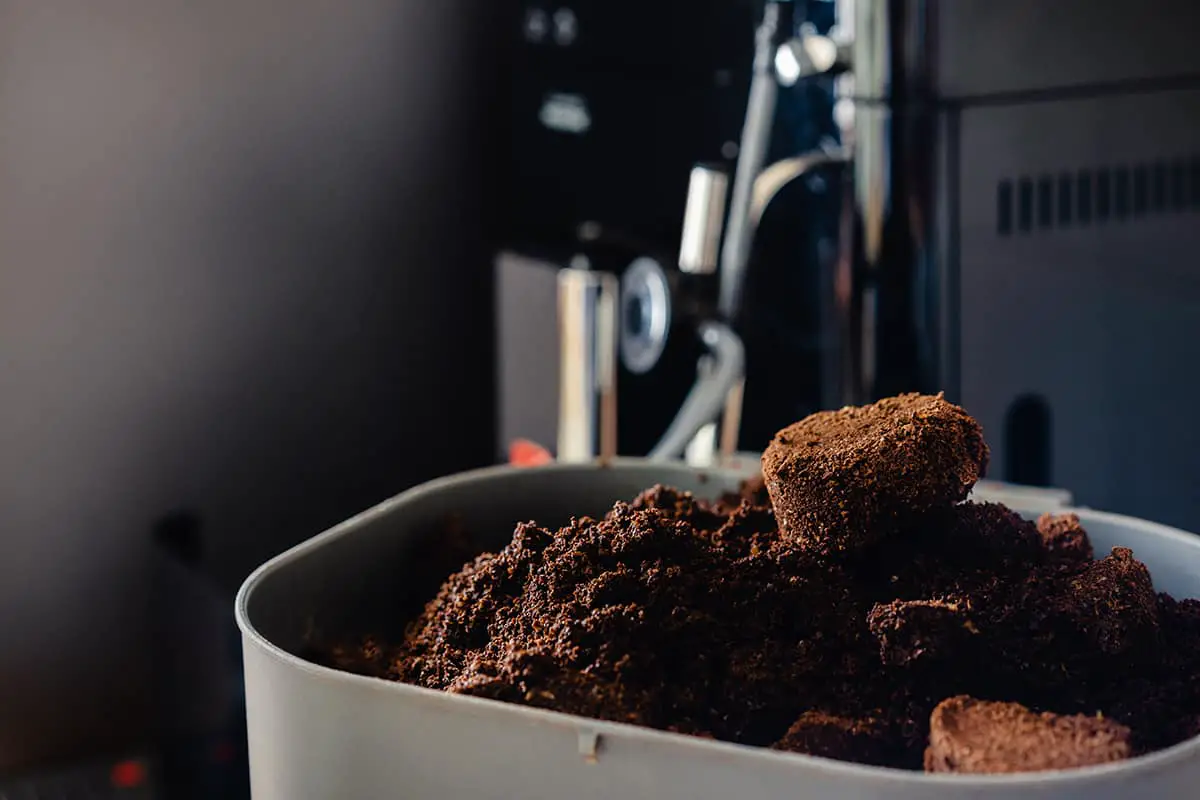
Coffee grounds can enrich your orchid’s soil. Used grounds contain nitrogen, key for healthy plant growth. You can mix grounds into the potting medium to improve soil structure and fertility.
Caution should guide their use; too much harms plants. Add them sparingly and consider composting them first. Composting reduces acidity, making it safe for your orchid to absorb nutrients.
Studies show grounds boost the germination of some seeds yet hinder others. For orchids, a moderate approach is vital. Aim for grounds to make up a small part of the soil composition.
Regular application of coffee grounds as fertilizer supports your orchid’s health. It can encourage robust growth and potential reblooming. Understand the right balance to avoid damage to your plant’s delicate system.
Banana Peel Trick

Bananas contain potassium, an essential nutrient for plants. Orchids benefit from a small boost in potassium, especially when trying to flower.
Begin by drying a banana peel. Once dry, cut it into small pieces. These pieces can then be buried slightly in the orchid potting medium.
The banana peel decomposes gradually. This process releases potassium slowly into the soil. Your orchid absorbs it over time, which may encourage blooming.
Remember to replace the banana peel pieces occasionally. Fresh peels ensure a continuous supply of potassium. Avoid overdoing it. Too many peels can lead to nutrient imbalance or attract pests.
Epsom Salt Solution
Epsom salt can be a component of the care routine to help your orchid rebloom. Epsom salt contains magnesium sulfate, which is vital for plant health. You may find that your orchid benefits from the addition of this mineral.
Proper application is key. Start by dissolving a teaspoon of Epsom salt in a gallon of water. Use this solution monthly to lightly mist the leaves, ensuring that they do not oversaturate. It should not be a substitute for regular fertilizer but should be used alongside it.
Some gardeners suggest that Epsom salt aids in the production of chlorophyll, enhancing the orchid’s ability to absorb nutrients. This can promote a stronger bloom cycle. However, evidence for these benefits is anecdotal and results may vary between orchid species.
If using Epsom salt, monitor your orchid closely. Look for signs of improved health such as brighter leaves and increased bloom frequency. Adjust your approach based on the plant’s response.
Repotting For Rejuvenation
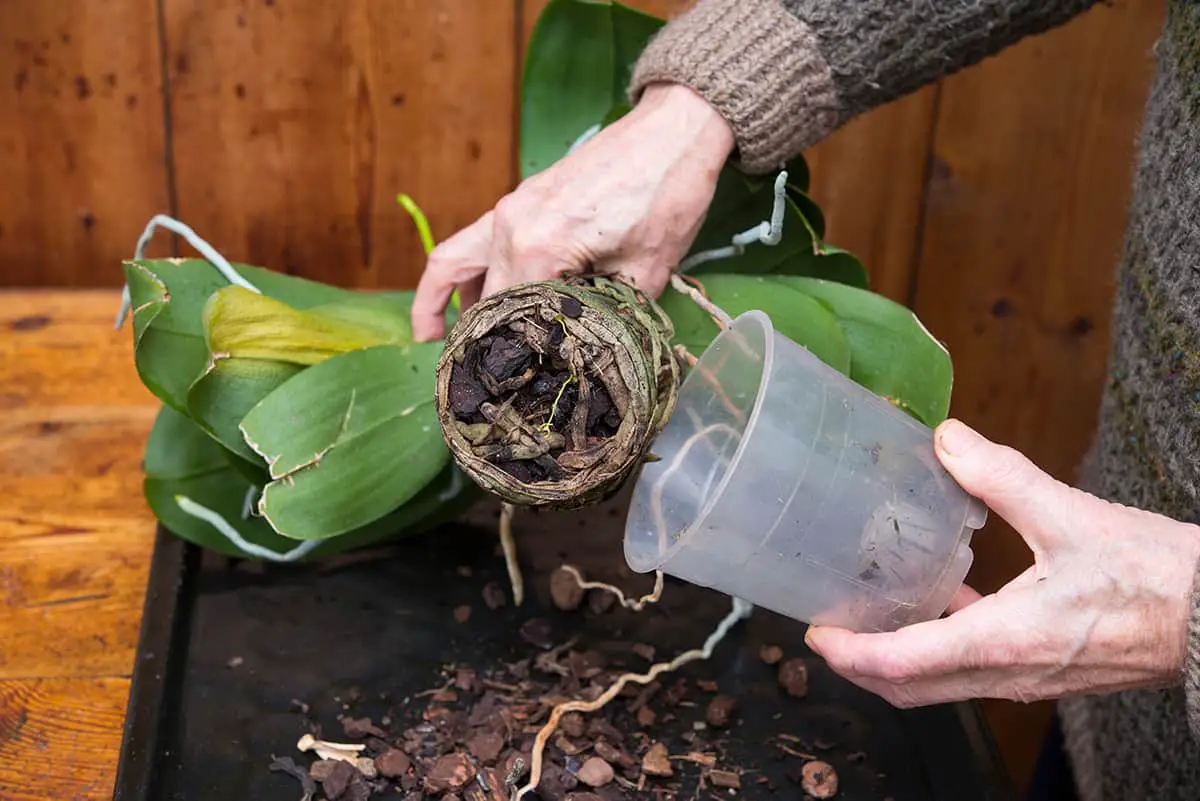
Repotting your orchid can trigger a new bloom. When you notice that your orchid has stopped flowering, this may be a sign to repot. Orchids typically need this done every couple of years to provide fresh growing medium and remove any decayed roots.
Begin by gently removing your orchid from its current pot. Take this opportunity to inspect the root system. Healthy roots are firm and green or white, while dead roots appear brown and mushy. Prune any of the dead or decaying roots to promote better health.
Next, select a pot that fits the orchid’s roots comfortably. It should be just large enough to accommodate growth. Carefully place the plant in the new pot and fill it with a specialized orchid medium, ensuring stability for the plant. The right medium provides essential air circulation and drainage.
Finally, position your orchid in a space with adequate indirect sunlight. This is crucial as sufficient light is vital for an orchid to rebloom. Keep the environment stable to avoid stressing the plant, which could delay blooming.
Mimic Natural Light Cycles
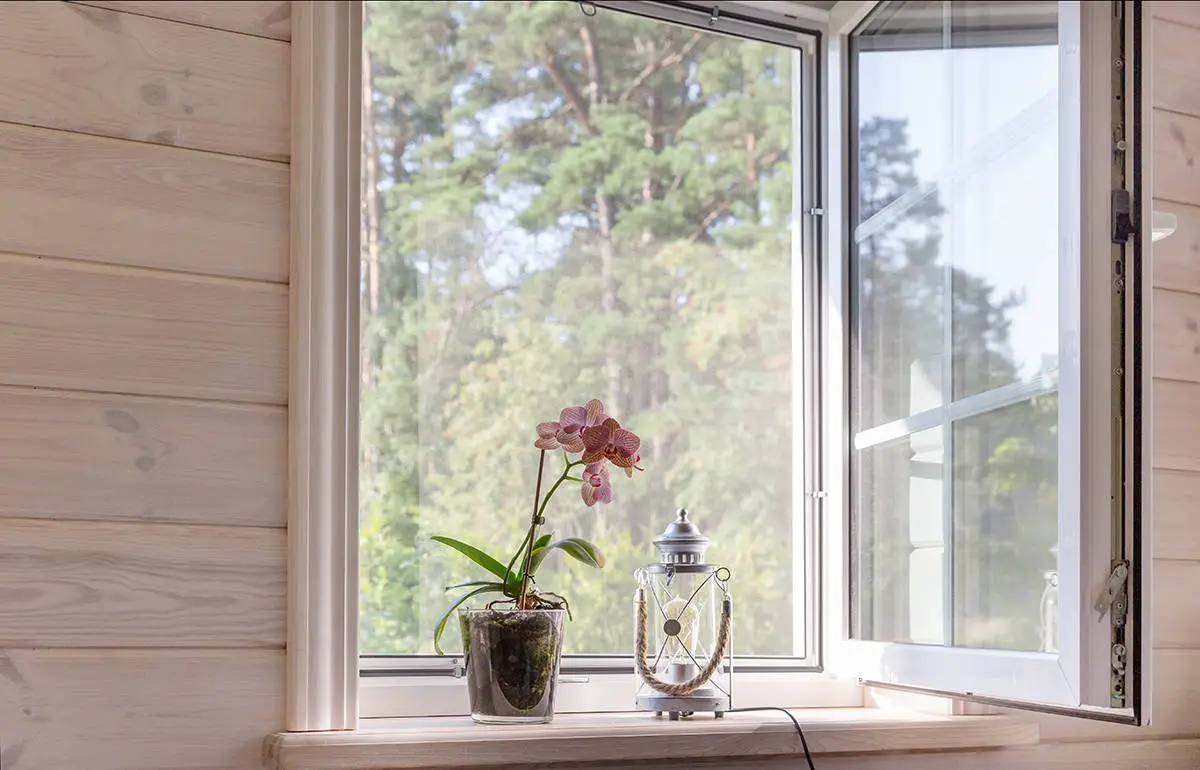
To prompt your orchid to re-bloom, you must replicate its natural light cycles. Provide ample indirect light by placing your plant near a south-facing window. Orchids thrive with bright but gentle light exposure. Ensure the light is consistent daily without direct sunbeams that can scorch leaves.
Monitor the duration of light as seasons change. Orchids often need longer light periods during shorter days. Consider using a fluorescent light fixture to extend the light hours. Position it around 1-2 feet above the orchid to maintain optimal light levels.
The correct balance of light and darkness is crucial for re-blooming. Your orchid requires a period of nighttime rest. Make sure to provide darkness after a full day of light, mimicking its natural environment. This cycle stimulates the orchid’s growth and flowering capabilities.
Be aware of the temperature around your orchid, too. Cool nighttime temperatures combined with proper light can trigger re-blooming. Keep the night temperature slightly lower than during the day. This temperature drop is key to encouraging your orchid to flower again.
Seasonal Rest Period
To make your orchid rebloom, you need to pay careful attention to its rest period. Orchids generally require a time of rest, usually right after the flowers have dropped. This is a cool, less active phase for your plant.
During this rest period, your orchid prepares for the next flowering cycle. It’s important to reduce watering slightly and stop fertilizing. Orchids benefit from cooler night temperatures during this time, ideally between 55-65°F, which can be vital for setting up the next bloom.
Many orchids naturally align their rest period with fall or winter when temperatures drop. Maintain cooler temperatures for a few weeks to mimic the orchid’s natural conditions. This seasonal rest is crucial in signaling your orchid to enter a new growth and bloom phase.
Stimulate With A Toothpick
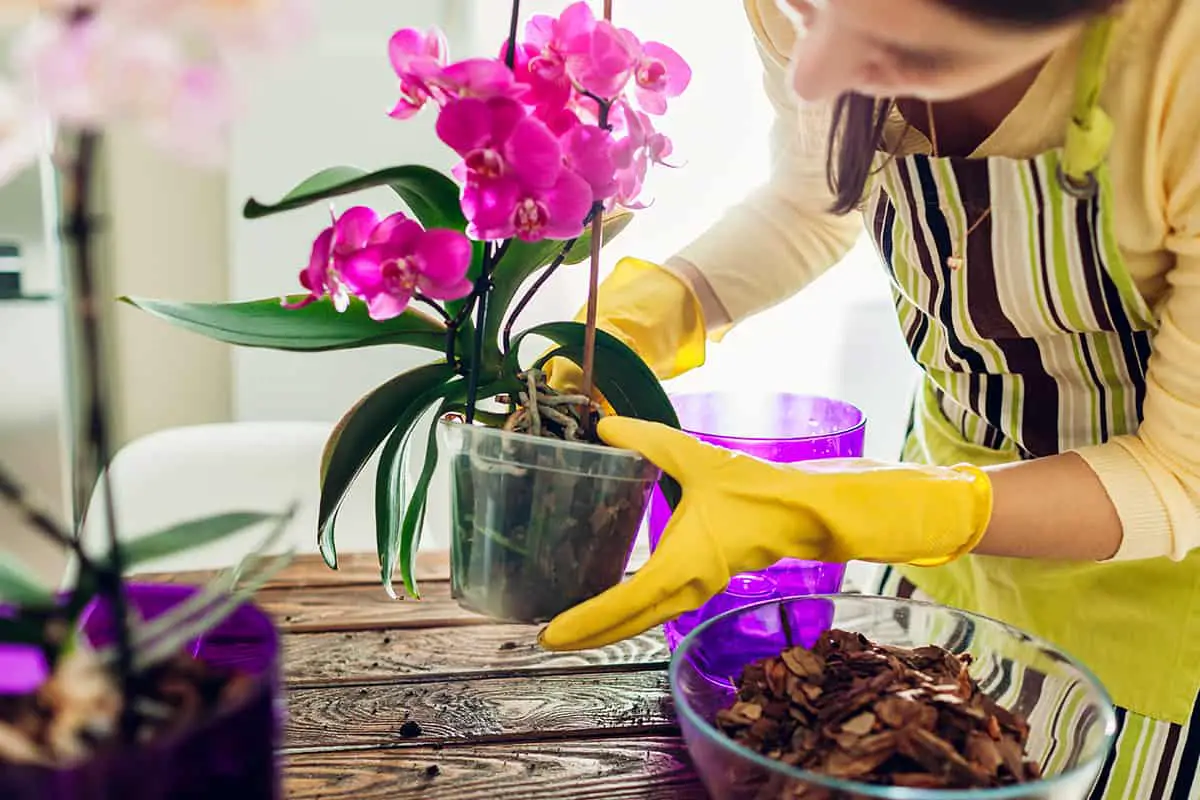
To make your orchid re-bloom, you can use a toothpick. This method involves gently stimulating the plant’s nodes. Nodes are the bumps on the flower spike of your orchid.
Start by locating the node nearest the base of the flower spike. Sterilize a toothpick with rubbing alcohol to prevent disease. Carefully insert the toothpick into the node. Move the toothpick in a circular motion to stimulate the node.
Do this for a few seconds once a week. This action may encourage the orchid to produce a new flower spike. Remember, patience is key when waiting for blooms.
Consistent Care And Observation
Consistent care is essential for your orchid to rebloom. Begin by providing bright, indirect light. Orchids thrive near south—or east-facing windows. If you have darker spaces, consider full-spectrum grow lights as an alternative.
Regulate the temperature. Your orchid prefers a moderate range, typically between 70-90°F. Note the significance of temperature variance between day and night, which should be about 15-20 degrees.
Water your orchid once weekly. Always allow the potting medium to dry slightly between waterings. Overwatering can lead to root rot, which is detrimental.
Monitor the health of your orchid carefully. Check the leaves for a healthy green color and the roots for a silvery appearance. These signs indicate your orchid is well-cared for and more likely to bloom. Specific needs, such as watering frequency and light requirements, can vary, so observe your plant’s response to care given.
Patience Is Key
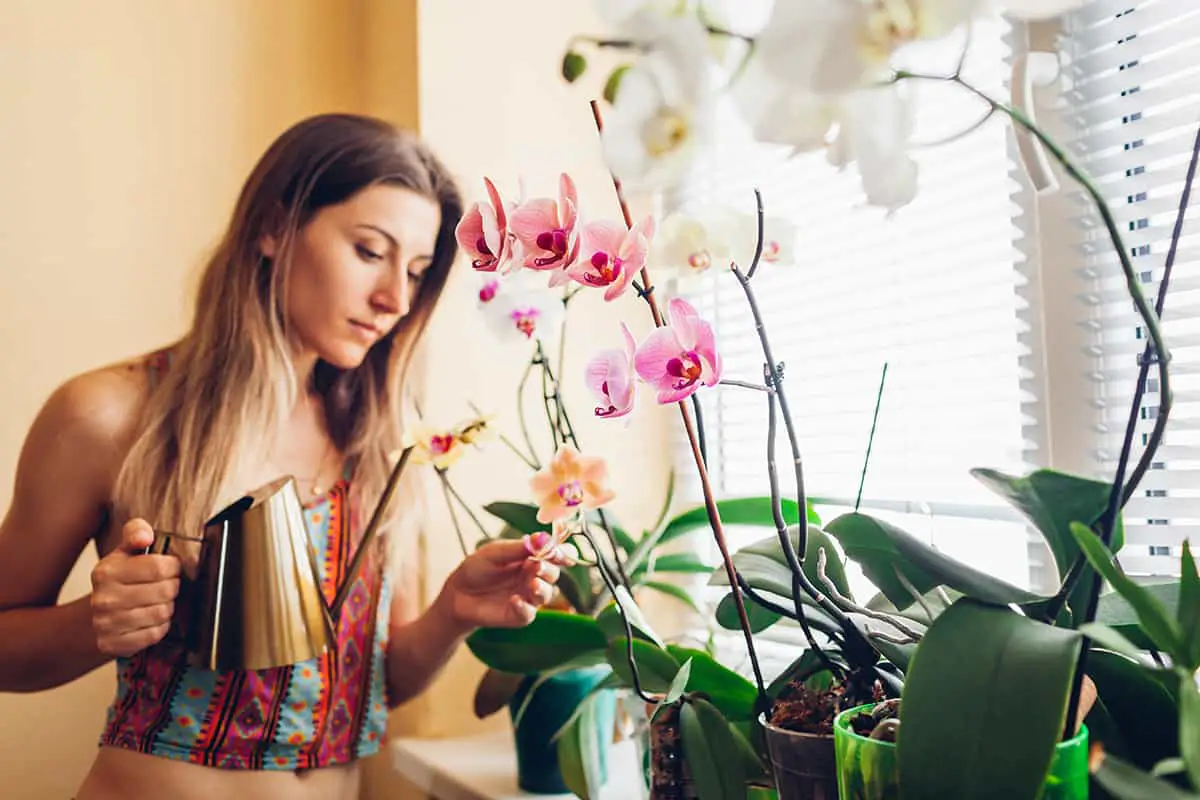
When trying to make your orchid re-bloom, patience is not just a virtue; it’s essential. Your orchid’s life cycle includes periods of dormancy. During this time, it’s gathering the energy it needs to produce new flowers. Expecting immediate results after the last bloom can lead to disappointment.
It’s normal for orchids to take a break between blooms. This resting phase is crucial for the health of your plant. It can last anywhere from a few weeks to several months. During this period, you must provide consistent care.
For the best chance at re-blooming, ensure your orchid’s environment is stable. Abrupt changes can stress the plant, prolonging the dormancy period. Keep a close eye on your plant’s leaves and roots for signs of growth. These are good indicators that your orchid is preparing to bloom again. Remember, rebooting a bloom cycle is a slow process, and each orchid has its own timeline. With steady care and patience, you’ll give your orchid the best shot at displaying its beautiful flowers once more.






